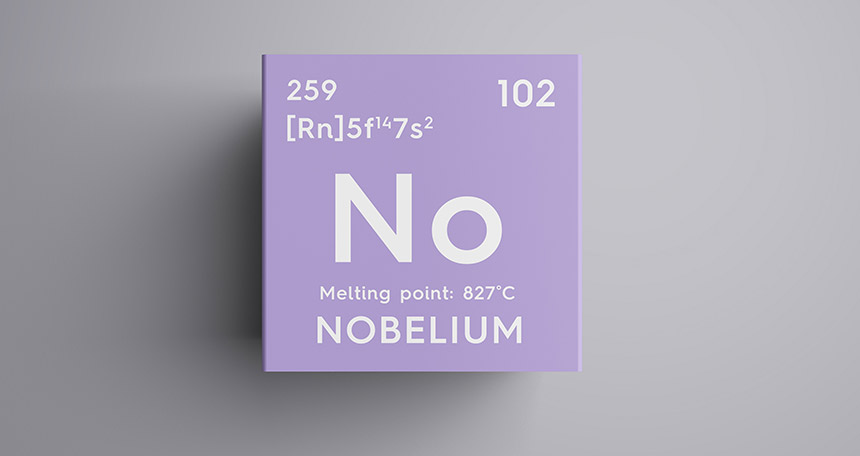This heavy element has a football-shaped atomic nucleus
Researchers used lasers to probe individual nobelium atoms

BETTER SHAPE UP The heavy element nobelium contains 102 protons in its nucleus. Scientists have measured its shape for the first time.
Alexander A. Nedviga/Shutterstock







